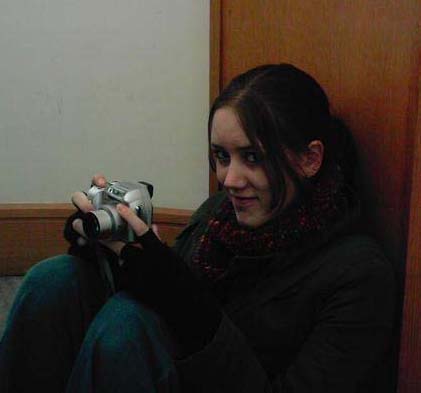Web design evaluation
I was really wanting to get deeply involved with web design as I had a feeling that this was a way I may want my career to go. I’m definitely glad that we started out learning some of the basics of html as it really helped to be able to understand some of the coding that was happening when you changed various things when I moved my ideas into Dreamweaver.
I feel that my website is not as good as I would have hoped it to be because it became hindered by my complete lack of knowledge of the programs (having only used Dreamweaver once about 3 years previously). I made many notes in the lesson but found that by the time it came to pulling my ideas together they were of little use as I found I became stuck on small problems that halted any further work being done at that time. I found that, like with other optional modules, web design became a bit of a side project that I tended to focus on for only a day a week before having to refocus my attention to other closer deadlines and projects. I feel that I would have been able to create a better website if I could have had someone close to hand to grab and ask quick questions. As I chose to create a lot of my website at home (usually focusing on it just after finishing a lesson) I found that I’d be inspired but then wouldn’t know how to create what ideas I had sketched down. I was also slightly stuck with the fact that I’ve been stuck on crutches for the past two weeks (which were totally useless as I couldn’t actually put weight on either of my feet) and so have been pretty much housebound.
I ended up creating my website banner in flash as after playing around on Dreamweaver with the buttons I had designed it became apparent that they would not work quite how I wanted them to. Once the banner was in Dreamweaver I was able to create all the pages as .jpg image files in Photoshop and then upload them as images and hotspot all of the links I needed to. I know this is really not the best was to do a website but I am impressed that it’s working at all as I spent many an hour attempting to get my head round linking all of the pages correctly.
In future I would like to be able to spend more time focusing on creating a better website without other projects distracting me. I’m happy with the fact that it is working and visible to the public but I think I could make something a lot better once I’ve learnt the constraints and possibilities of the programs involved.
Here endeth the lesson of web design, it’s been a trip through confusing and aggravation pastures but I’ve come out intact and with a website to show for it…





